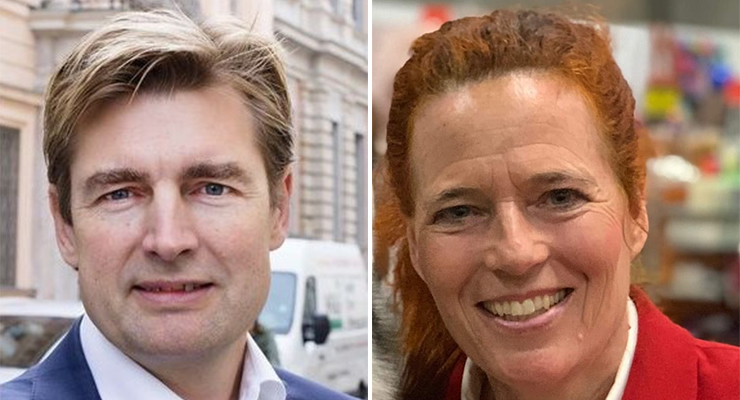Sebastian Guth is the Managing Director of 21Media and, as such, works for many of the leading international companies in the placemaking industry. He looks back on 30 years of experience in the industry. 21Media has set many marketing trends over the past decades. Guth is a crucial voice in the industry regarding the importance of location marketing, campaigns, and messaging. Charlotte Andersen works for the family-run shopping center Rødovre Centrum in Denmark. As such, she implements innovative campaigns at short notice. Although the clients and tasks differ between Andersen and Guth, the marketing challenges and principles are very similar, as the interview shows.
The most important factors for a good or innovative marketing campaign
Is there such a thing as the golden rules of marketing? There are definitely some basic principles.
Sebastian Guth: First of all, we live in a time when marketing is becoming increasingly challenging, but we also live in a time when marketing is becoming increasingly important. The need for marketing is most evident in the B2B sector. In the past, you built up a shopping center, and the tenants and brands – to put it very simply – just moved in. Those days are over. B2C and B2C marketing is perhaps more important than ever. In your opinion, what makes a good campaign?
Charlotte Andersen: I am speaking from the perspective of a privately owned shopping center in an area with stiff competition from a handful of big and good centers. Rødovre Centrum is located and connected to the general city. So, I’m not just speaking as the marketing manager of a shopping center; I’m also considering the community’s viewpoint. For me, a good campaign is made up of five points. First of all, it has to be unique. That doesn’t mean it has to be new. It’s difficult to break new ground in marketing, but taking a unique approach is essential. Implementing an old topic in a new way can be very effective. A unique implementation is vital if you want your voice to be heard. The second point is the so-called “Zeitgeist.”
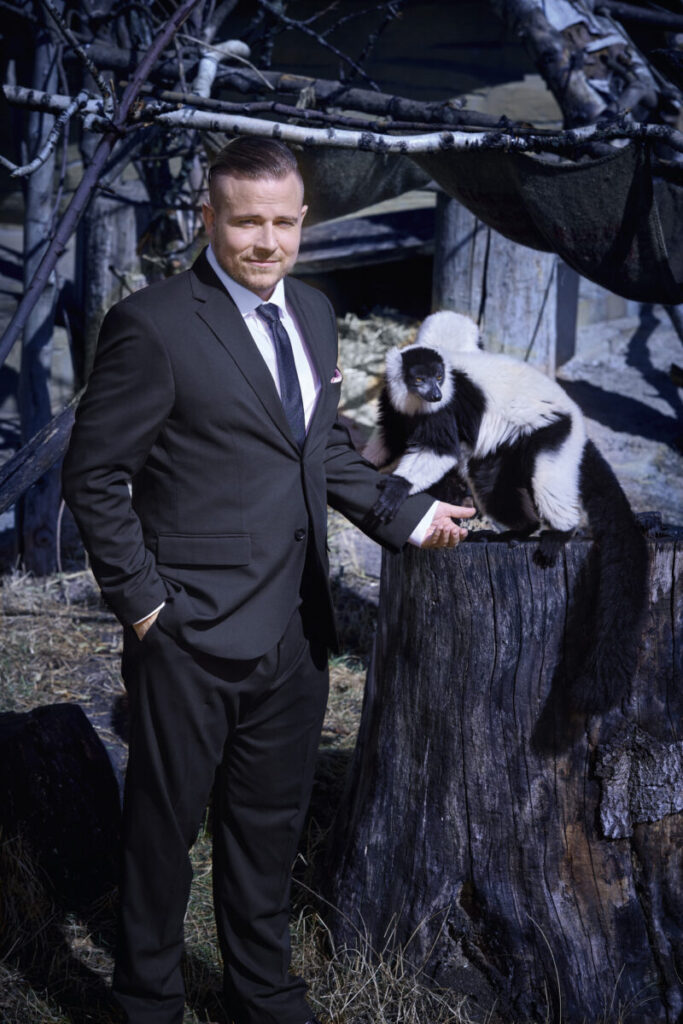
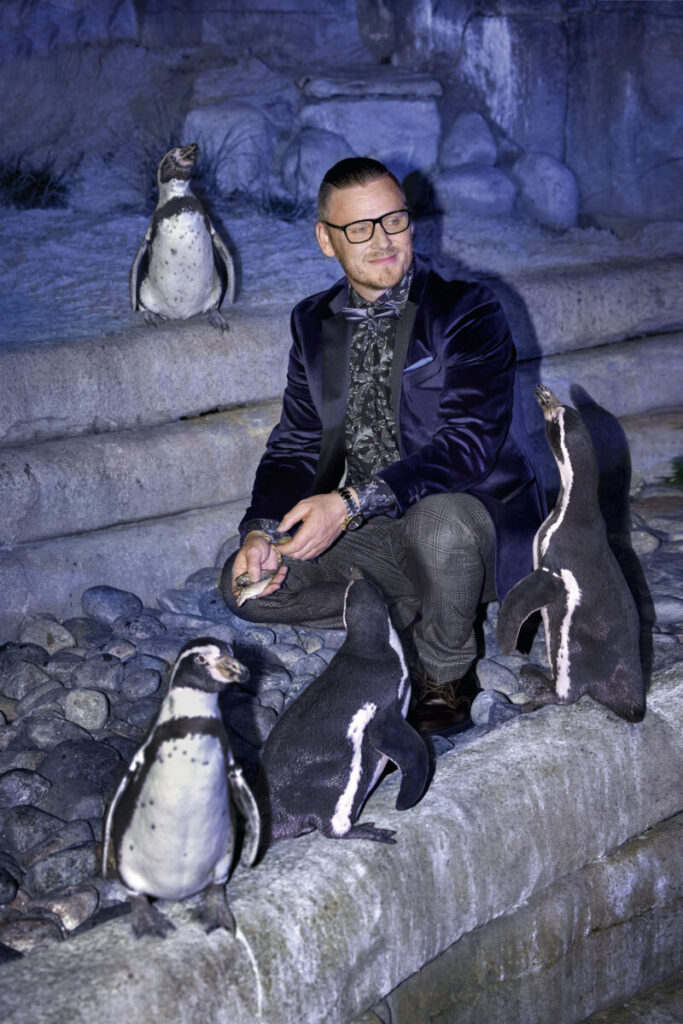
Guth: True. Campaigns are only good if they come at the right time. Can you give an example?
Andersen: We ran a “Carpool Karaoke” campaign eight years ago. It worked wonderfully because James Corden had a massive hit on YouTube with Carpool Karaoke then. The campaign would not have worked before or since. Not tapping into the Zeitgeist can end with the customers not being able to relate to the event. Therefore, it is crucial for a marketer to keep a close eye on the social mood and trends and review your campaigns. The third point is innovation. When it comes to marketing, it is crucial to understand that marketing must always have a long-term effect, not only a short-term instrument. Marketers must understand what motivates people and turn this into innovative campaigns. Excel spreadsheets and cost-cutting programs do not help. As much as many managers would like to, marketing is not about saving money but about creating a long-term impact.
Guth: What are your points four and five?
Andersen: Number four is the right channel at the right time. Unquestionably, many new channels, mainly social media channels, have been added recently. My fifth point is results. Good results come when we take the first four points to heart.
Guth: What do you consider to be good results?
Andersen: Good results can be more customers if you do a sales campaign. But if you’re working on long-term goals, good results are loyal customers. Today, many people think that their loyalty app is enough to win the loyalty of consumers. I see it differently. It takes much more than a free coffee now and then. For example, without a loyalty app, we rely on straightforward, good – albeit small – campaigns, sound environments, and direct communication.
Guth: I agree with your five points. What makes a good campaign is that you define a goal for your campaign. Goals can differ: e.g., you want to widen your target group, create something for the summer break, or solve a particular problem. The first question is always: What is the problem? The example of Meadowhall in the UK illustrates this best. When the center opened over 30 years ago, sales didn’t match footfall. Therefore, the management created a new marketing campaign focusing on the key message that the center opened without analyzing the real problem. People knew about the opening; they went to the mall and found it fantastic. However, since shopping centers were new, they thought shopping in a modern and fancy mall like Meadowhall would be costly. When the management realized that, they started with a price campaign saying every shop, every item of clothing, and every product was the same as the offer in the high streets. The problem was solved, and the mall became as successful in terms of sales as it was in terms of footfall. Therefore, finding the problem and the goal of your campaign is for me number one. Number two would be understanding the target group in terms of finding the proper communication. The simplest example: Is your target group a potential tenant, or is your target group a potential new customer? It is a whole different world how you speak to them. This also affects the proper communication channels because you communicate differently. Another aspect is a clearly defined brand identity for the center. Before you do any marketing, you have to know who you are.
Andersen: And to know what I’m not.
Guth: True, what can I give the customers, and what can I not give to the customers? No false promises – this is one of the most critical rules in marketing. Another important rule is to analyze, learn, and do things better next time. A good marketer trusts that you always learn something.
The learning curve in marketing and how to trust your gut feelings
How can good marketing be created, and how can it constantly improve? There are countless evaluation tools, most of which are technological. Nevertheless, marketing is, first and foremost, a creative discipline. Lately, not only the business world but society and the world of work have changed.
Andersen: But you also need opportunities to learn and reflect. Although this is part of every campaign we do, it is not always feasible in everyday work life. You tend to move on to the next project. To me, award competitions have always been an excellent opportunity to reflect, as you have to immerse yourself in the campaigns, not just in campaigns that have gone badly. Above all, you learn how good ones could work even better.
Guth: True. Awards show another exciting thing in marketing. Every successful campaign starts with a good idea. Then concepts follow, the right instincts, the interplay of creative skills within the team, etc. This results in things that surprise are new and make a difference. When such a campaign is honored with an award, it is a great recognition. The moment when you have to explain to a third party what you did and how you did it often makes you reflect once again on what you did and how the mechanisms worked together. This gives you a deeper understanding of future campaigns.

The Solal Awards recognize marketing excellence in retail and leisure destinations right across the continent. after a 2-year break they are now back. Entries will open during Autumn 2024 with the awards announced in June 2025.
Andersen: Trial and error and then, more naturally, doing the right thing is what I would call a promising career in marketing. We can learn a lot at conferences about strategies, etc. But reflecting on what you did, being brave occasionally, and seeing where your idea might lead you is the best learning curve.
Guth: Absolutely. Adjusting as you go along has always been relevant, but it is more important today than ever. There has always been a marketing plan, and then, during the year, you adjusted. But the pace changes. Today, you must react faster and more drastically to changes. This is also due to the more significant and constantly growing number of different communication channels. This made our tasks much more complex since all those other channels have different target groups and behaviors. And it has become a challenge to analyze those target groups. I believe social media campaigns need the most significant adjustment, especially.
Andersen: True, but I think this is great fun, especially since this is not always easy to measure and there is no experience. We were, for example, one of the first malls on TikTok. We thought there was a new tool that did not cost much, so let’s try it. Our first six-week campaign gave us 3 million views. Sometimes, you must have some guts to say,’Let’s be the first’. We also did a campaign on Roblox last year. Most of us had no idea about Roblox, but we knew that our children’s generation spent a lot of time there. It was a brilliant campaign. So sometimes, it is not analyzing; it is about trying something, preparing something, pressing the button, and seeing what will happen.

Guth: That is an essential point in terms of innovation. I have a book about marketing, which is very basic. It starts with 20 rules about marketing. And the first rule is: Be first. The second rule is: If you can’t be first, be first in your category; find something where you can be first. The marketing rules are always the same; the circumstances, channels, and pace are becoming more complex.
Andersen: It became more playful, I would say. By saying this, it is not only playing around; you need experience, knowledge, and a good feeling for trends, etc., but when you have internalized this, your job is a lot about playing around.
Guth: When discussing organizational and personal requirements necessary for good and innovative marketing, curiosity is critical. You have to bring curiosity into everything. And that is a big challenge at the moment. If you want to create this spirit of doing fun things together and being curious about things to come up with great and innovative ideas, the current culture of working from home is an enormous burden. I genuinely believe we all need to come back to the office. Curiosity and creativity are better in teams that physically work together.
Andersen: I strongly agree. It is so important to come together and have a laugh, to meet in the office kitchen, to exchange ideas promptly, and to feel the fun spirit we want to create with our campaigns, especially in our field.
Guth: We are marketing at a time when experience needs to be combined with new channels. That is why it is so important that experienced employees and young people come together. Young people often have a great feeling for channels and younger target groups, for example, but they need direct exchange to learn about priorities and challenge their ideas.


Extensive international campaigns vs. local marketing
While the entire shopping center industry followed a “one size fits all” principle a decade ago, we now know that this has proven wrong. But how local can and must marketing be? And what role do large campaigns play that are rolled out by international companies across many countries?
Sebastian: With an extensive marketing campaign for various locations, you can gain and lose simultaneously. At individual locations, there is a danger that you can lose some of your own identity if you have to follow big campaigns. On the other hand, companies can put more power into campaigns and save money. Last year, for example, Westfield participated in a Christmas campaign with Disney. Before they did the Lady Gaga concert, when Central Oberhausen became Westfield Centro, Lady Gaga would never have performed a concert for only one center. Still, she did for the whole Westfield group. So, doing something as a group can bring power to the street that you would never get by doing it alone.
Charlotte: I have a clear and slightly different opinion about this, which might come from my business background: Every customer wants to be unique and addressed in a particular way. As witty as this might sound, it is true for marketing campaigns: If you just think one fits all, you are missing the point about being special. If you follow the “one-fits-all approach,” you create something generic. It is a way to save money, but you lose a lot with it, especially for young customers. Of course, when I see these extensive campaigns with Disney or a Lady Gaga concert, I almost get jealous because a small location like ours does not have the financial power to do this. But on a “normal day,” it is better to create individual campaigns for our place and community rather than following the marketing guidelines from a headquarters in another part of Europe. The younger generation especially does not like polished campaigns; they want something real, something individual.
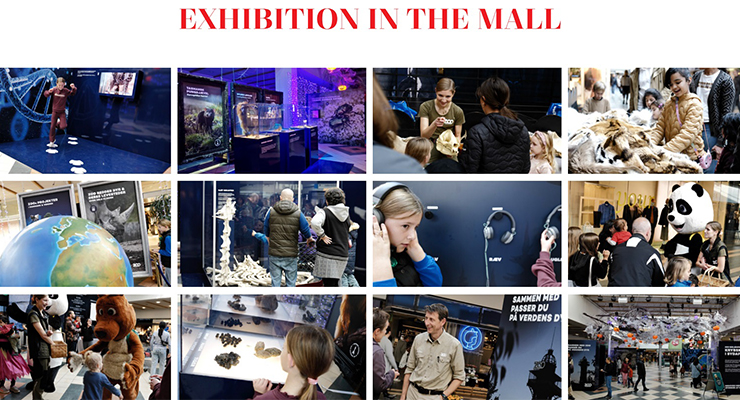
Guth: Let us look at an example from outside the placemaking industry showing that some campaigns fit perfectly to one location but are wrong for others. Even big brands like Apple might not always get it right. When they launched their first iPhone FaceTime campaign, they looked at Europe as one market. In a huge campaign, they showed the significant advantage of videotelephony. This was a great hit in Italy because Italians instantly loved video calls while prices were low. However, video calls were costly in Germany, and the people refused. This example shows that a campaign can be great for one market but entirely wrong for another. As I said, a good marketing department or agency will always look closely at different markets. Of course, you have to compromise during an extensive campaign. However, a good marketing manager will always take a campaign and break it down to the local requirements.
The cost of mistakes and the proper error culture
Does the growing number of channels also mean more mistakes are being made? How forgivable are mistakes in marketing?
Guth: To be innovative, you will eventually make mistakes. And it’s good to make mistakes, especially when you are the first to make them, because you learn from them and then stop making them.
Andersen: Social media has significantly made it easier to correct mistakes since you can answer within minutes. But what I see is that the playfulness of marketing is fading away. Marketing is a highly playful discipline. However, we have to deal with many Excel sheets and boxes that need to be ticked to follow a particular investment strategy and avoid mistakes and loss of money. That sometimes takes away this playfulness and creativity. People are afraid of taking risks since there is pressure from all sides. Marketing has become very data-driven. This is partially good because you get plenty of insights from the data. But we all have to be aware that most data describes the past, and if you put your nose too deep in data, you do not see what might happen tomorrow.
It is all about the money: The consequences of shrinking marketing budgets
Saving money is the order of the day. The red pencil is often applied where the direct operation of a shopping center does not appear to be at risk. The long-term consequences are not always considered. The handling of marketing budgets often shows the landlords’ farsightedness.
Guth: Marketing is facing pressure on budgets. Our industry must be innovative to deal with this challenge. Allocating the budget has become more difficult because the channels are more complex. One way to deal with this is by corporations and working with other community players. This can create a win-win situation and protect the budget.
Andersen: The marketing budget is often a reflection of the way the landlord understands marketing. If he understands marketing as a success factor for the shopping center, we can create a lot together, but if he only uses the money from the tenants and does not provide a cent more, we face a challenge. The misunderstanding of the importance of marketing is one of the biggest failures of recent years. It only takes a few years to break down a good brand. But to build it up again, it takes many more. We do not want consumers to save money and not shop at our places. Therefore, we should not save money to the point where consumers are reminded to spend money. We recently did an analytic survey on how it would take away customers if we didn’t do any marketing events in the mall. It would be 10%. Now, the landlord might say that 10 percent is not that much. But the year after, it’s also 10 percent of revenue and footfall after we already lost 10 percent. And then it will go down again and again. When realizing this, they get nervous. They would lose a lot of money. This might be acceptable for one year, but you cannot stop a stone once it rolls down the hill. It takes way more power to push it up again.
Guth: I once created a test situation when I went to a landlord and told him that we would not have Christmas decorations to save money. Of course, this was just an attempt to see the reaction. For sure, we planned Christmas decorations, but in this situation, it became clear to everyone that we could not miss out on certain things in marketing. We are returning to the beginning of our conversation and questioning why we are doing a campaign. What is our goal, and what will happen if we do not do these things? In general, we see that the management, the owner, and the agency of a shopping center listen to each other more and are in intensive exchange. For example, it has to become standard for discussing our B2B marketing budget, which always comes from the landlord, in an annual meeting in which we present what we did and planned. These meetings are intense and full of discussions and, at the same time, very productive because, at the end of the day, we want to create asset value together.
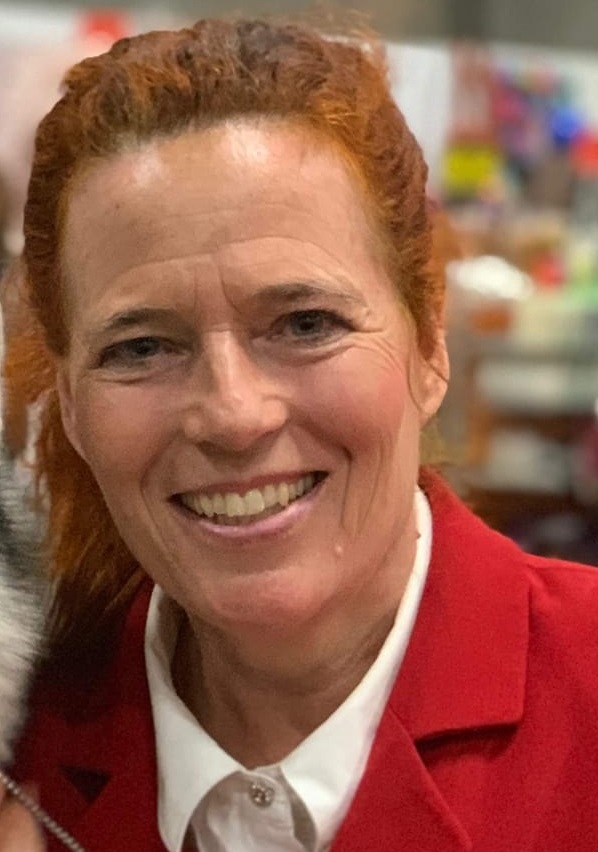
Charlotte Andersen is the Marketing Director at Rødovre Centrum. Rødovre Centrum is a family-owned shopping center and mixed-use development situated in Rødovre in the western suburbs of Copenhagen, Denmark. Andersen and Rødovre Centrum are well known for award-winning marketing campaigns and innovative steps regarding customer communication.

Sebastian Guth is the Managing Director of 21Media, a marketing agency specializing in shopping destinations. The company was founded in Oberhausen (Germany) and boasts approximately 30 years of experience, from positioning, campaign conception, and implementation to supporting owners and operators in marketing their properties and developing their brands.
